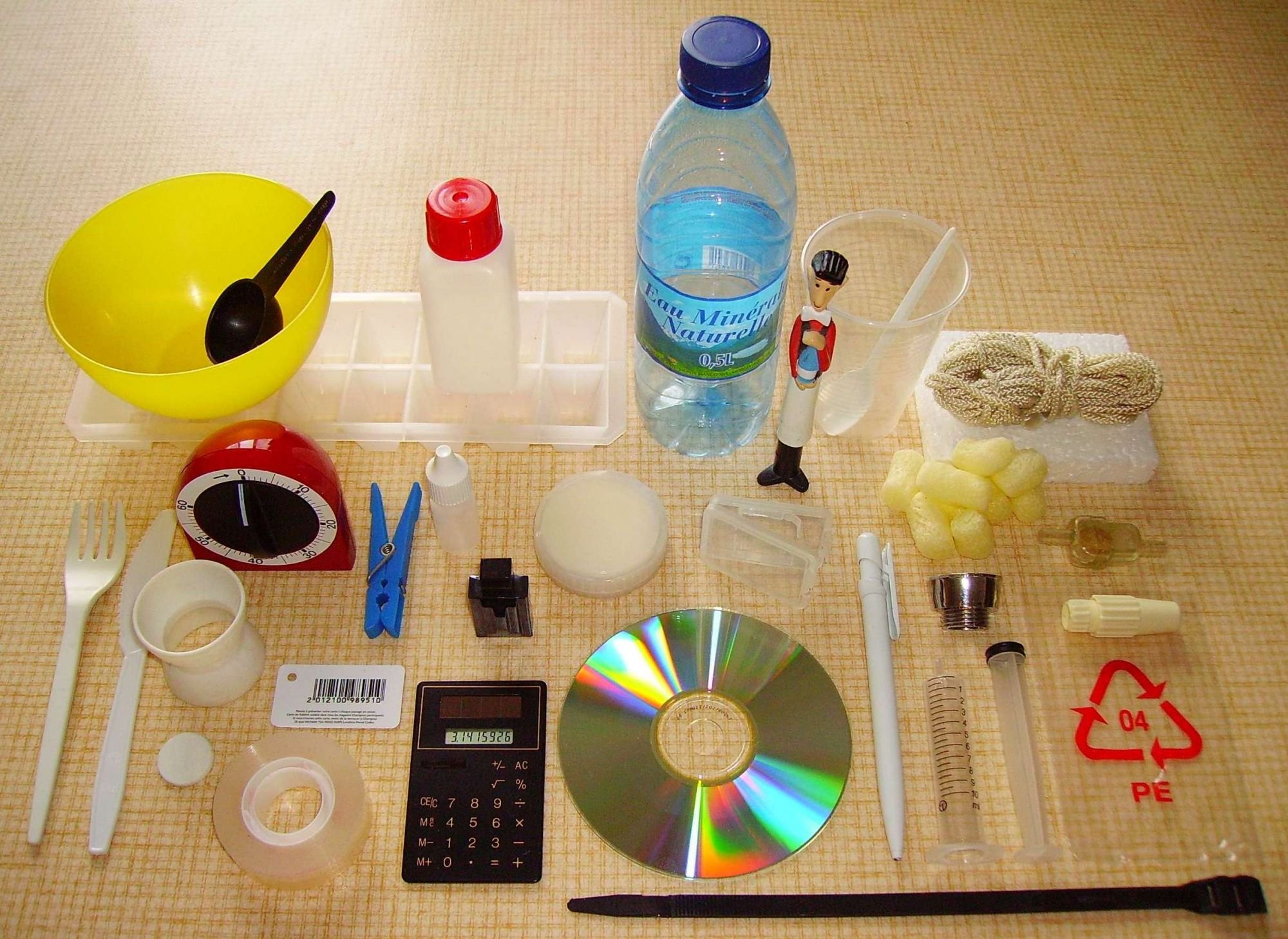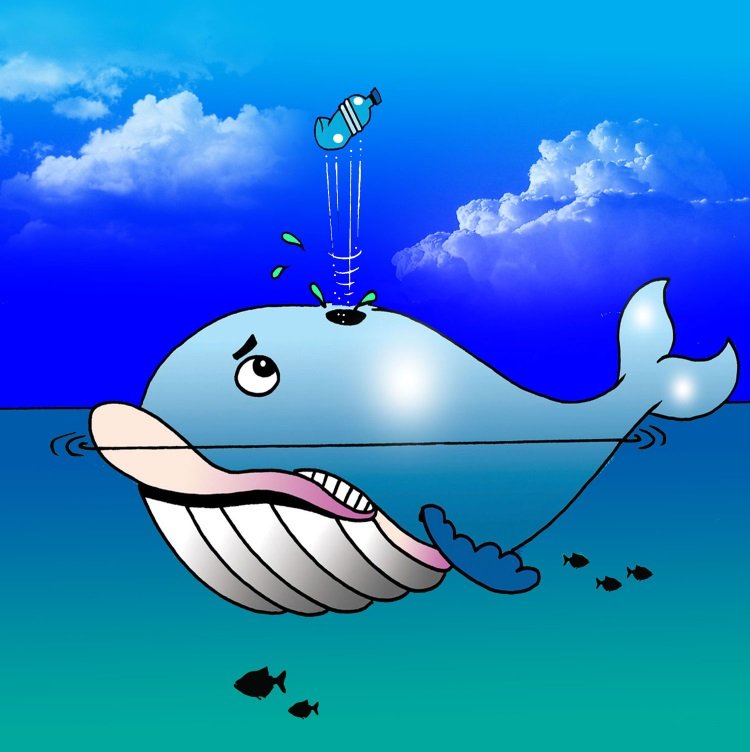Become an indispensable component of food packaging, plastic is everywhere! It is used to pack the ready meals, cheese, salads, fruits and vegetables, but at home you also used to preserve your food. It's true this has many advantages because it's lightweight, strong, and sometimes they spend in a microwave oven ...
Yet this omnipresence of plastic packaging shows a real problem for the environment and health. Indeed, many studies show that toxic elements in plastics can migrate into food. The impact of these substances on health has raised many controversies, the most popular is that of Bisphenol A, a toxic compound banned in some countries but permitted in other ...

The good reflexes: Identify and understand the plastic codes
To differentiate the different plastics, there is a marking device 7 codes, which are found on each package. It is a triangle with a number that indicates the type of plastic in the center. Below the triangle are the initials of his name.
Let's look closer at these logos.
 Polyethylene Terephthalate
Polyethylene Terephthalate
PET, or polyethylene Terephthalate, is widely used in our daily plastic. It is found mainly in water bottles, plastic bags and baking tray.
PET bottles are likely to migrate traces of antimony trioxide. This compound is classified as possibly carcinogenic.
This is particularly for this reason that you should not consume bottled water that has been exposed to sunlight.

 PEHD
PEHD
Polyethylene, High Density, is also a widely used plastic, especially in milk bottles, rigid food cans and bottles of cleaning products. According to the National Institute of Information in Canada's environmental health, this plastic causes little migration when brought into contact with food. Other studies confirm that plastics have good food compatibility.

 The Vinyl Chloride
The Vinyl Chloride
PVC or vinyl chloride, is rarely used in food packaging. The manufacture of this plastic requires phthalates, including DEHA (2-ethylhexyl) and sometimes of bisphenol A (BPA).
All these substances are highly toxic.

 LDPE or PEBD
LDPE or PEBD
We find polyethylene "low density" in the frozen food packaging, in packages of bread, supermarket bags, freezer bags, and disposable cups and glasses for welcome hot drinks. According to the Environmental Health Network, plastic generating little migration, it may be appropriate for food use.

 PP
PP
Polypropylene is often used in reusable trays to reheat in the microwave, plastic cups, plastic bottle caps, some water bottles and cups. This plastic has a very low migration when brought into contact with food. However, polypropylene is degraded, and may over the years, contaminate food with molecules from degradation.

 Polystyrene
Polystyrene
PS is often used to make cups, disposable cutlery and packaging of dairy products (yogurt).
Polystyrene contains styrene, a possible human carcinogen, which, when heated, may migrate into foods.

 Other
Other
It is in the seventh grade all plastics that do not belong to any of the categories already mentioned. It was included polycarbonate, a controversial plastic.
The reason: Polycarbonate is one of the most dangerous since it contains Bisphenol A, it can drop traces of BPA in food.
Note that in the EU the use of polycarbonate is now banned in baby bottles, but still allowed for other packaging (cans, food containers, dishes ...).
This category also contains other plastics such as polysulfone and polyethersulfone.

Change your habits!
What types of plastic should be preferred ?
What are the alternatives ?
I give you some gestures to adopt to limit toxic migrations in your food. The ideal is of course to ban plastic food in our kitchens.
- Avoid at all cost plastic categories 1, 3, 6 and 7.
- To keep and reheat food, choose "inert" materials such as glass, stainless steel and porcelain.
- NONE plastic reheat in the microwave, even if the label says you can. The combination of microwave and plastic supports the migration of toxic substances.Note that a high temperature, promotes a significant migration.
- Throw your plastic packaging who have signs of wear or damage.
- Avoid the "throw-away" products : cutlery and plastic cups, but also cling film.
We can never completely banish the plastic in our lives every day, but if you take the time to check your products, then takes only plastic Category 2, 4 and 5.

